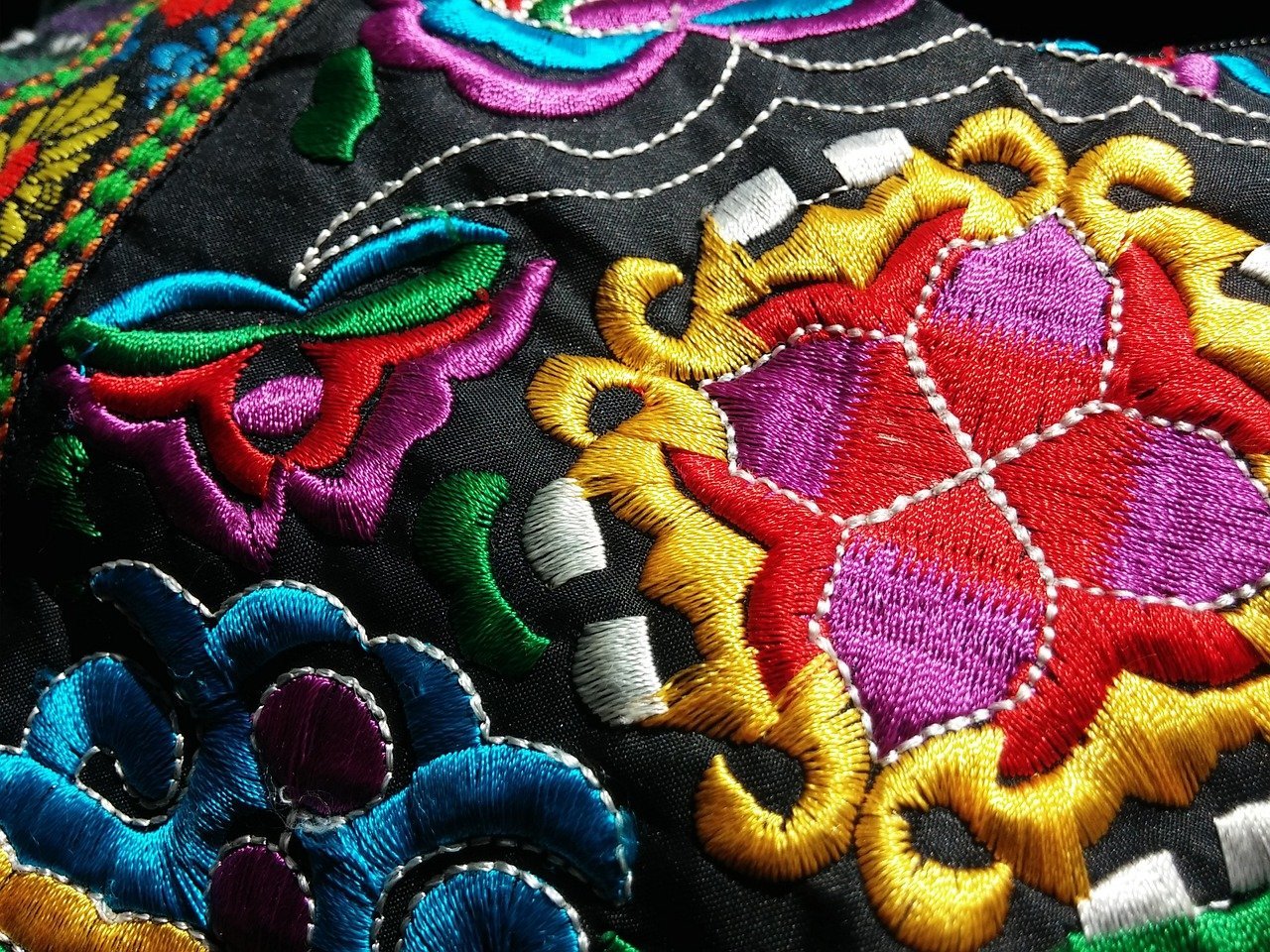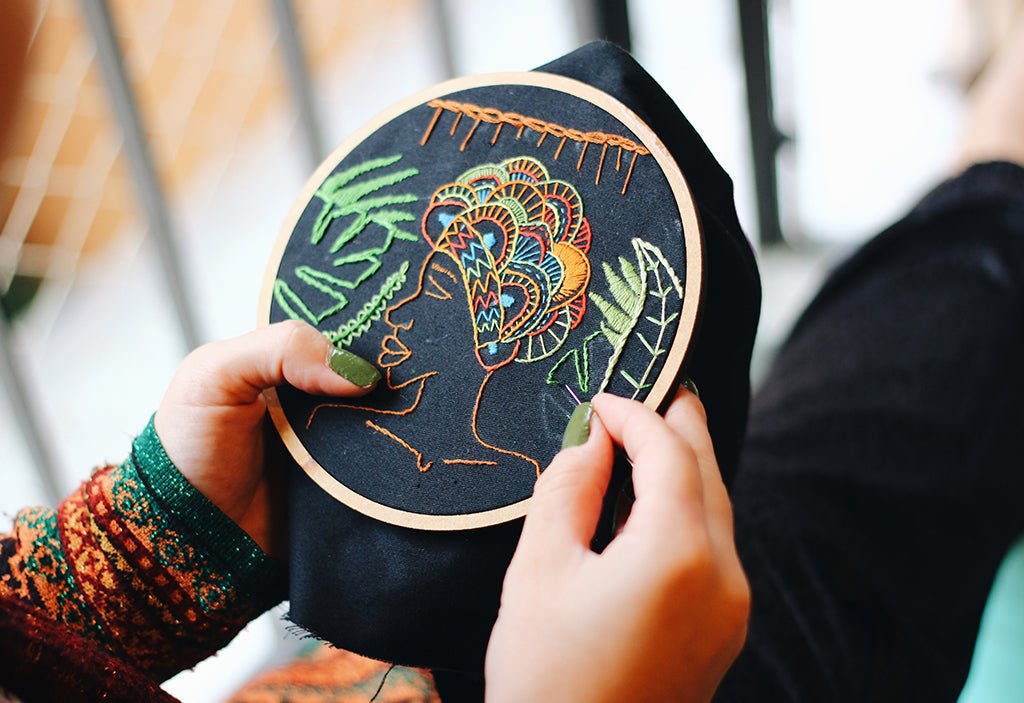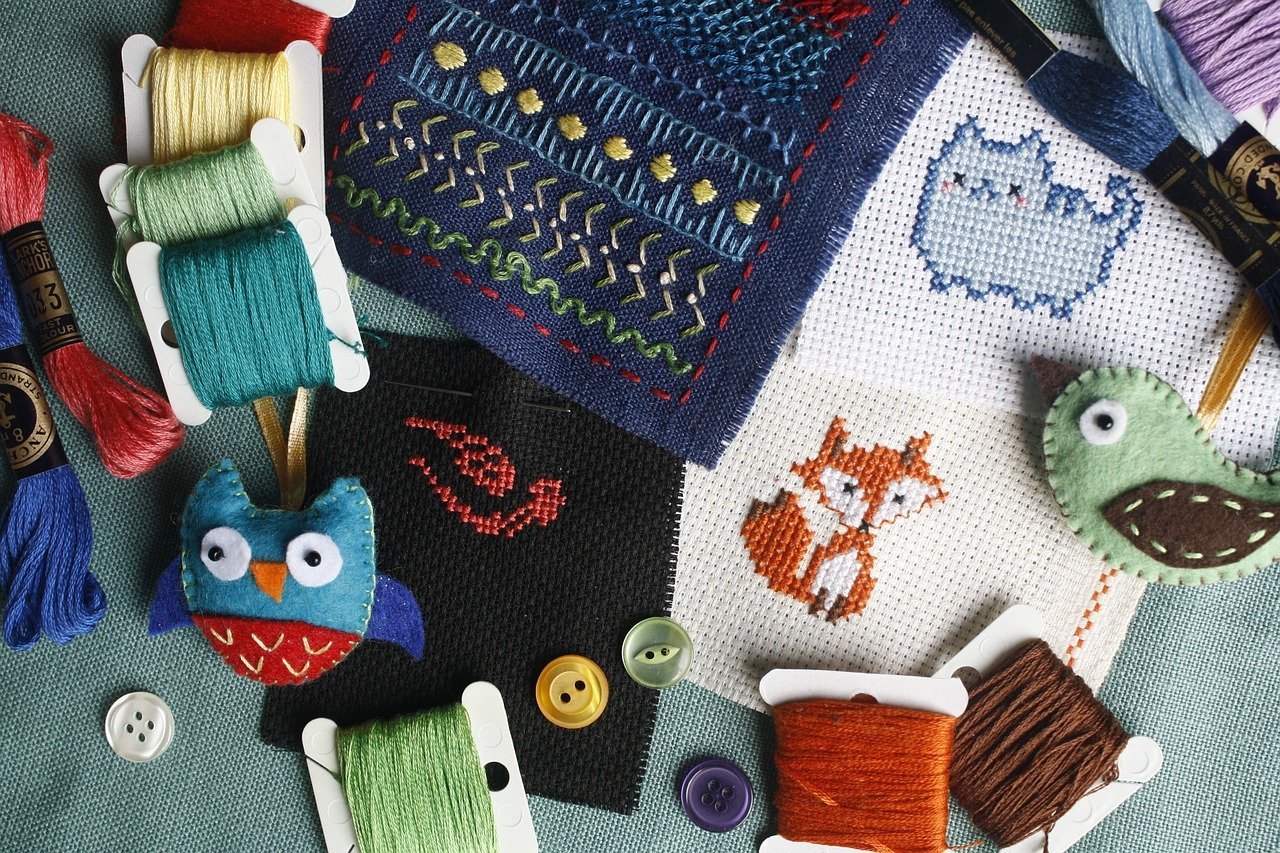Imagine a textile artwork you admire. Take a mental picture of it. Imagine how intricate the textures are. Patterns have a high level of complexity. Are you intimidated? You don't understand how to create such beautiful textural effects? Isn't this pattern mesmerizing?
Stretch your skills and level up your stitching techniques with specialized textures and dimensions to your Embroidery Fabrics. This way you end up adding a lot of interest to your embroidery. The tactile feel of raised fibers is just as much as the contrast between surfaces that add texture and dimension to the embroidery material. You can add both volume and texture through the contrast between raised and flat fibers, smooth and bumpy, rounded and straight, shiny and matte, cotton and wood. This will help you take your embroidery to the next level by adding visual interest to your work and with a wonderful improvement in your stitching skills.
Making the exploration of embroidery fabric material that much more fun are endless possibilities for adding texture and dimension. Here are some ways you can incorporate more texture into your hand embroidery projects by adding some additional elements:
Textured Fabrics are Best
Cotton, for instance, can have a very smooth finish and tight weave, so on their own, they don't provide much texture, but they can provide a great background for textured threads and objects. In addition to linen and burlap, including their woven surfaces, other embroidery fabrics like linen and burlap can be great places to experiment with different threads.
Create 3D objects
There are many dimensional objects used in embroidery, such as buttons, beads, and sequins. Nevertheless, charms, small mirrors, keys, and other raised objects could be used to enhance mixed media artwork. The chances are you can attach a 3D object to your work if it has a hole in it! Couched stitches can even be used to attach found objects, like twigs or seashells. Your embroidery design can incorporate one of these unique items as a focal point, or you may include them in a free-hand embroidery design.
Multi-thread and fiber stitch
Among the most popular threads for stitching today are six-strand embroidery floss and pearl cotton floss. The threads should not limit the texture you can add to your project. Try fabrics made with looser weaves, such as linen, to use thicker fibers, such as tapestry wool or hand-dyed yarns. To make your stitching more supple, use silk ribbon. If you want, you can Sofas can be given a dimensional look by adding trims like jute rope, rick rack, and lace. To bring out the contrast in your stitching, mix and match contrasting threads.
The embroidery of nonwoven surfaces
In addition to stitching on a variety of fabrics to add texture to your hand embroidery, you can also work on other mediums. The contrast in textures that stitched thread fibers exhibit can be seen among wood, metal, paper, plastic, and even dried leaves.
Utilize dimensional stitches
The stitches themselves add a great deal of visual interest to a piece of embroidery fabrics when it comes to adding dimension. Make your work stand out by combining knots with smooth line stitches and more intermediate and textural stitches. Adding more texture and depth to your embroidery material is possible if you already have some experience and are inspired by more advanced stitches.
Applique
In applique, pieces of fabric are sewed onto other fabrics in beautiful patterns. Both hand and machine sewing are acceptable methods of stitching the appliques. The Gota Patti work is an applique work that uses small metallic colored pieces to add texture to fabrics.
Bubbling
Using these techniques, the fabric is made to look like it is full of bubbles.
You can make this pretty easily by wetting fabric, making cotton balls, wrapping them up and tying them up with thread. The fabric on the surface will take on a bubble-like appearance if left for a few days and then opened. This increases the surface level of the embroidery fabric.
A beautiful embroidery stitch is applied to fabric with thread, embroidery floss, or other materials. This is called embroidery stitch that changes how a fabric feels. The ancient art does not seem to be dying out anytime soon.



Leave a comment
This site is protected by hCaptcha and the hCaptcha Privacy Policy and Terms of Service apply.